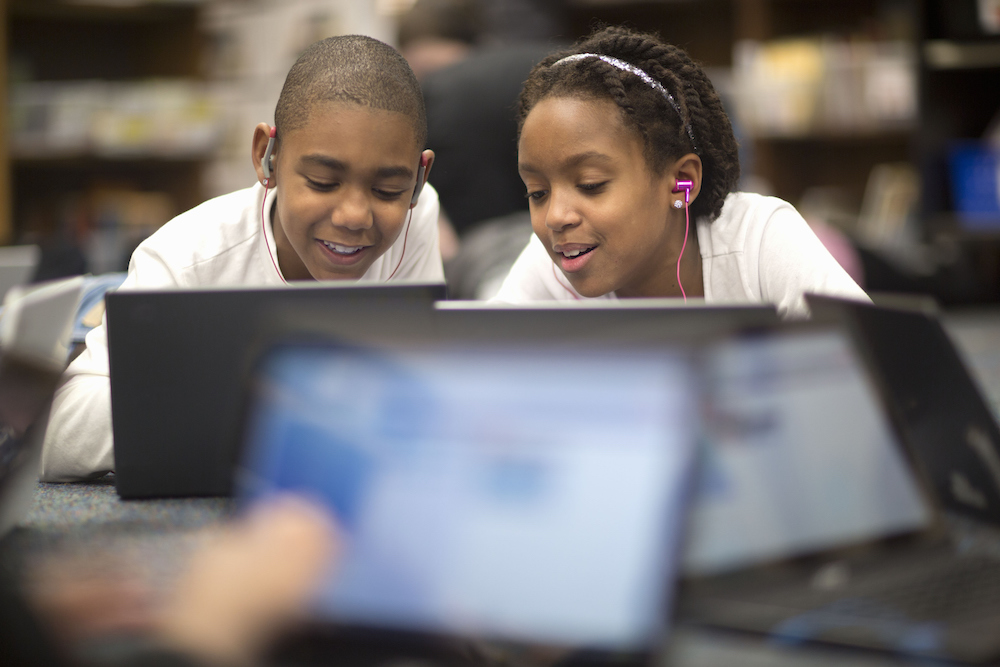Lesson Overview
Students will learn how social networks can be leveraged to promote advocacy efforts. Students will also learn how to develop online content to spread information about a cause of interest.
Students will learn how social networks can be leveraged to promote advocacy efforts. Students will also learn how to develop online content to spread information about a cause of interest.

Ready?
Begin Lesson
There is a famous phrase that says, “It isn’t what you know. It is who you know.” While this isn’t 100% accurate (what you know is also incredibly important!), it is a helpful reminder of the importance of networks.
Whether you are looking for a job or trying to play sports at the next level, having a good network can allow you to make contacts who can help you achieve your goals. Advocacy efforts are no different. The bigger and better the network of people we know, the easier it will be to create change in our communities.
From our family members and friends to our teachers and community leaders, we already know more people than we think, especially when we include friends of friends and extend our network beyond those closest to us. These individuals can be great resources for reaching our goals.
There are many people we might not know yet who can help us achieve our goals. Social media and the internet more broadly present other ways of meeting the kinds of individuals who might contribute skills or resources to our advocacy efforts.
In the following activity, you will create a shareable online resource that describes the cause that you care about.
By sharing your advocacy efforts online, you can tell others about what you care about and potentially meet new people who may be able to assist your efforts!
Create a shareable online resource (e.g., using Google Docs, a social media platform, a WordPress blog, a website on Neocities, a slide presentation using Scratch) about an issue you care about, where you will: Write an introduction explaining the cause and why you believe it’s important.
Give students 30 minutes to complete the activity. Depending on the time allotted, in the current or the second group convening, ask students to share their resources with the larger group and have a 15-minute discussion highlighting effective strategies.

Congrats!
You've finished the lesson

Students will learn how to keep their online information more secure by using and maintaining strong passwords.
View Page
Students will learn to recognize unsecured Wi-Fi when it is available to them, understand the trade-offs inherent in using unsecured Wi-Fi, and make informed decisions about when to connect to and use unsecured Wi-Fi.
View Page
Students will learn about malicious online users who might attempt to use security weaknesses to gather information about them.
View Page
Students will learn what information verification is and why it is important for news consumers.
View Page
Students will learn about a five-step checklist they can use to verify the origin, source, date, location, and motivation of news.
View Page
Students will learn how to keep their online information more secure by using and maintaining strong passwords.
View Page
Students will learn to recognize unsecured Wi-Fi when it is available to them, understand the trade-offs inherent in using unsecured Wi-Fi, and make informed decisions about when to connect to and use unsecured Wi-Fi.
View Page
Students will learn about malicious online users who might attempt to use security weaknesses to gather information about them.
View Page
Students will learn what information verification is and why it is important for news consumers.
View Page
Students will learn about a five-step checklist they can use to verify the origin, source, date, location, and motivation of news.
View Page